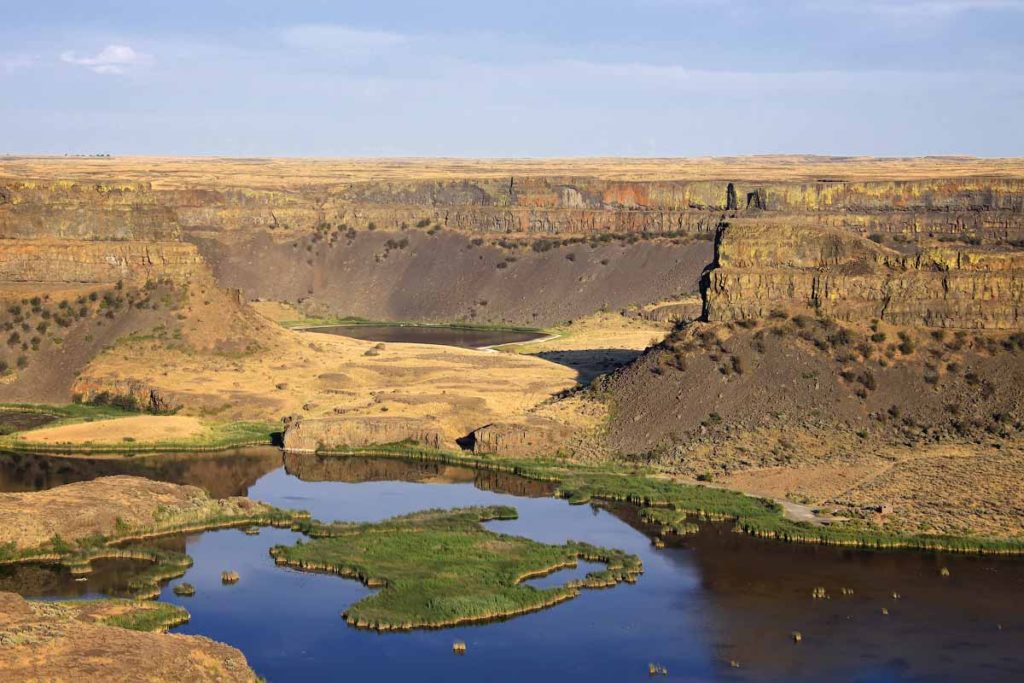- Series:History, Transcript English
2 Peter 3:5-6
“For this they willingly are ignorant of, that by the word of God the heavens were of old, and the earth standing out of the water and in the water: whereby the world that then was, being overflowed with water, perished:”

At the peak of the Ice Age, the world’s second largest flooding event occurred in the Northwest of the United States. Glaciers trapped water, forming Lake Missoula. As the glaciers retreated, the water escaped westwards, across Idaho, into Eastern Washington, and south, into the Columbia. In the process, this enormous deluge carved out the scablands, and those drainage valleys, known as coulees. In one place, an enormous waterfall was created, about four times as large as Niagara, but now known as the Dry Falls. In the Columbia Gorge, massive gravel deposits were left behind, along with clear signs of erosion, by the massive flows of water.
Yet, when the idea of a Missoula Flood was proposed, it ran counter to the prevailing uniformitarian geology and was rejected. Even since its acceptance, geologists have wanted to believe in multiple Missoula Floods. Yet, careful scientific analysis has shown that all the effects seen are best explained by only one Missoula Flood.
Harlen Bretz was the man whose research suggested the Missoula Flood. His first paper on the subject was published in 1923 to enormous resistance from the geological establishment. Bretz was by no means a creationist, but his ideas were ridiculed as being biblical. Geologists rightly understood that if Bretz’s limited local catastrophe were accepted, then there was no reason to reject a worldwide biblical Flood.
It took forty years to vindicate Bretz. The Biblical Flood may never be vindicated in this life, but in the world to come, it will be known as truth. Author: Paul F. Taylor
Prayer: Thank You for the truth of Your word, Lord. Thank You that You have vindicated Your word, even above Your name. Amen.
Ref: Oard, M.J., The Lake Missoula Flood, Creation 36(2):43–46—April 2014. Image: © Steven Pavlov / http://commons.wikimedia.org/wiki/User:Senapa / CC BY-SA 3.0.
